Dean LeBaron’s Treasury of Investment Wisdom: Thirty Great Investing Minds
$11.32
| Author(s) | , |
|---|---|
| Format |
|
| Pages |
320 |
| Publication Year |
2002 |
Dean LeBaron’s Treasury of Investment Wisdom is your guide to a profitable investing future. Take your investment knowledge to the next level with one-of-a-kind insights that have made the best investors in the world what they are today. Today, investors are faced with an information overload when it comes to investment opportunities. It’s hard to find straight answers on which investment vehicles are the best, which ones will last, and what opportunities truly suit your needs. Dean LeBaron’s Treasury of Investment Wisdom easily answers all these questions for you. This comprehensive guide to the world’s greatest investment ideas and thinkers gives you everything you need to understand today’s complex and exciting investment landscape.
Introduction:
In our discussion of investment ideas, we talk equally about people because it is the people who have the ideas. The best investment ideas, in our opinion, are consistent with the psyche of the people who have them. The cliché “managers do not pick markets, markets pick managers” refers to the possibility that it is the style of the day that plucks some investors for greatness rather than the other way around. The managers who succeed are most often confident of their views to the limits of arrogance, hate to see their ideas diluted in the interest of diversification (unless diversification was their idea), and are eager to display their market wit. Mostly they are colorful characters, most known and liked by at least one of us.
In each chapter we describe an idea. Then we talk about one or two people associated with the idea. We also introduce the counterpoint: the downside and limitations of the idea. And we have asked each person discussed (where, as in most cases, they are still around) to react and comment if they wish: Many of our gurus have kindly taken up the challenge. Each chapter concludes with suggestions for the next steps, if any—ideas for application and research—and recommendations for further reading whether in print or online.
In addition to our main chapters, we have two introductory pieces: one by Peter Bernstein on the history of the markets over the past fifty years, which he has kindly allowed us to reprint; and another by Dean on changing investment styles across time and space. We have also included a discussion of ten key issues related to the world of investing plus ten broader, more global questions, and a selection of ten investment classics by James Fraser. In addition, there is a webliography, a list of recommended investment websites for further study and sometimes fun reading.
Contents:
- Investment Policy
- Economic Forecasting
- Risk Management
- Financial Engineering
- Active Portfolio Management
- Growth Investing
- Value Investing
- Technical Analysis
- Quantitative Investing
- Foreign Exchange
- Market Efficiency
- Mutual Funds
- Indexing
- Fixed Income
- Short Selling
- Hedge Funds
- Contrarian Investing
- Global Investing
- Emerging Markets
- Venture Capital
- Investor Psychology
- Manias, Panics, and Crashes
- Internet Investing
- Corporate Governance
- Corporate Restructuring
- Initial Public Offerings
- International Money
- Politics and Investing
- Investment Consultants
- Performance Measurement
Dean LeBaron's Treasury of Investment Wisdom: Thirty Great Investing Minds By Dean LeBaron pdf
2 reviews for Dean LeBaron’s Treasury of Investment Wisdom: Thirty Great Investing Minds
Clear filtersOnly logged in customers who have purchased this product may leave a review.

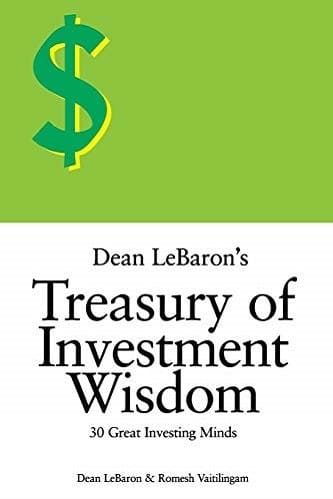
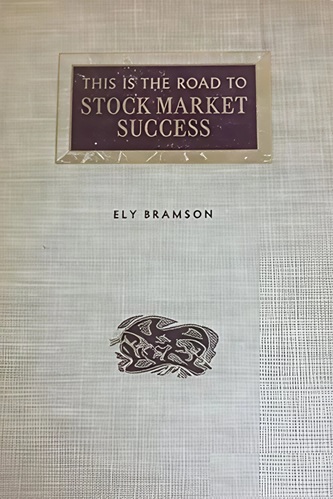
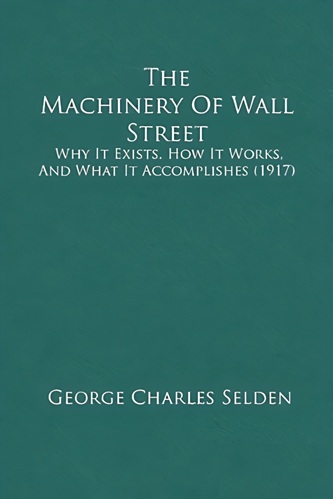
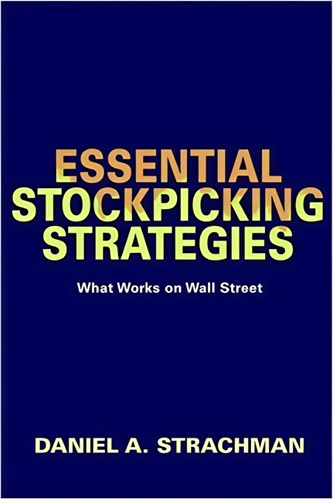
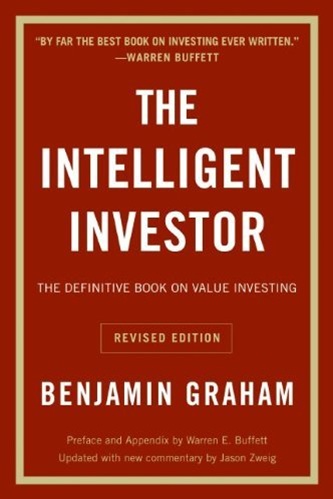
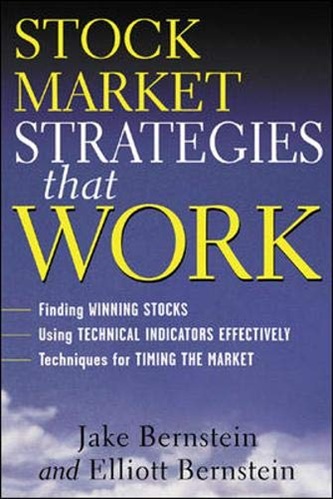

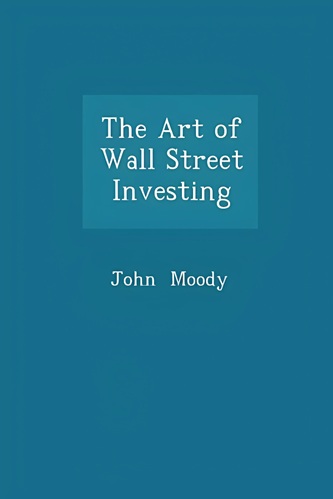
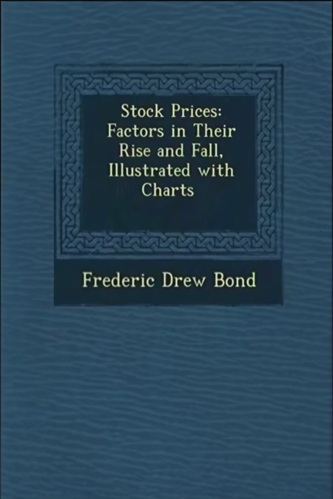
Gunnar Blevins (verified owner) –
There have been other books on investment gurus, but none as complete nor as entertaining as this one. Dean LeBaron has produced an enlightening, thorough, and thought-provoking compendium of the thinking of many of the nations investment professionals. It covers all the major investment styles and vehicles, from active portfolio management to venture capital, and offers theoretical insights into everything from behavioral finance to market efficiency, providing point and counterpoint. Its a must read.
Aila Hernandez (verified owner) –
The book covers thirty general categories, styles or concepts in investing and then uses the following technique; first, Mr. LeBaron will introduce the subject, displaying a high level of knowledge that he has acquired through his 30+ year investing career (along with Romesh Vaitlingam). Then he introduces a guru for the particular topic, such as Warren Buffett for value investing. Then as “Counterpoint”, he mentions weaknesses of the concept or technique. Most entertaining is “Guru Response”, where the aforementioned guru gets to attack his critics; and finally a wrap-up called “Where Next”, where Dean summarizes the topic and perhaps sometimes gets in a few digs at gurus he disagrees with.
I did get the sense that Dean is on a first-name basis with all of these gurus, and it undoubtedly helped in creating a book of this type. The chapters are brief and do not need to be read sequentially, just pick the topic you are interested and run with it. Particularly helpful are the references at the end of each chapter which suggest further reading. Somewhat amusing, however, is the procedure of listing a book multiple times if it relates to multiple topics – at times the references seemed like an advertisement for Bernstein’s “Capital Ideas”.
Readers will learn enough to get started on a topic and perhaps for an engaging cocktail-party conversation, but to really understand something they of course will need to move on to the references, and I think that is the book’s intention.
Partisans may feel that he did not cover their favored topic well enough, such as “short selling” or “technical analysis”. I myself felt that the chapter on Value Investing seemed weak. Although Buffett may be the most famous current proponent of value investing, I think he may have spent too much time defending his own particular flavor of value investing, and that to get a better introduction to the topic they might have used an additional guru or two (I suppose Benjamin Graham doesn’t qualify because he is dead and couldn’t have written a “Guru Response” section – pity.).
Also, the topics are skewed towards big-concept, guru-think type categories such as “international money” which I suppose are entirely justified but seem more weighted towards what people are thinking about at annual retreats at Davos, Switzerland than what a middle-of-the-road investor worries about. I would like to have seen a chapter on Small Cap Stocks, perhaps with Ralph Wanger as a guru, or on a practical topic like how to avoid getting ripped off by an unscrupulous broker.
This book gave me inspirations for the next ten books I’d like to read.